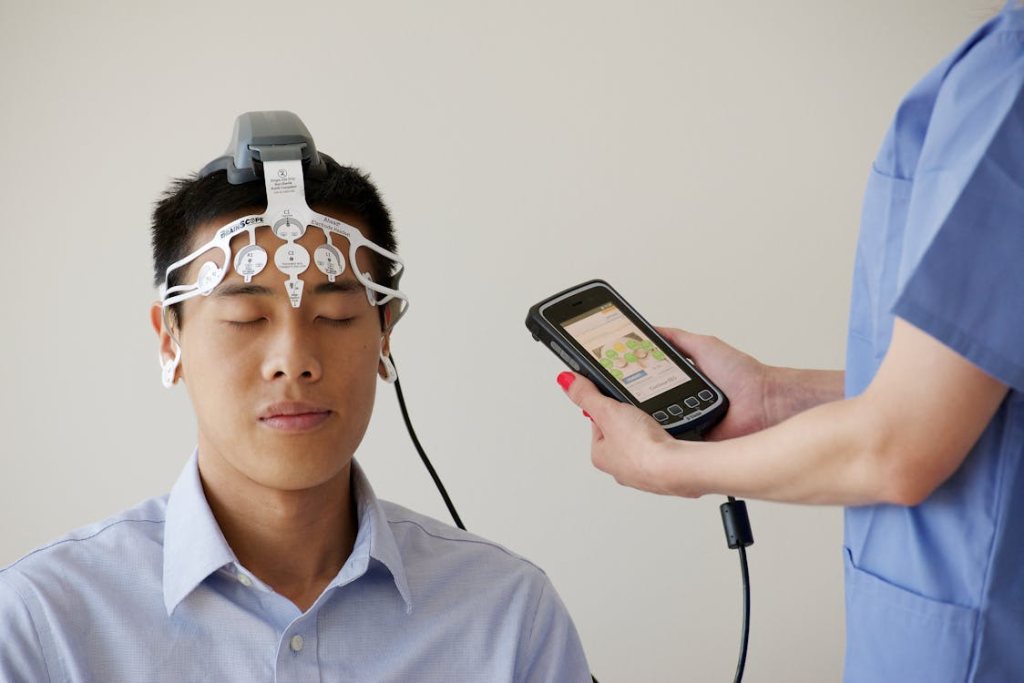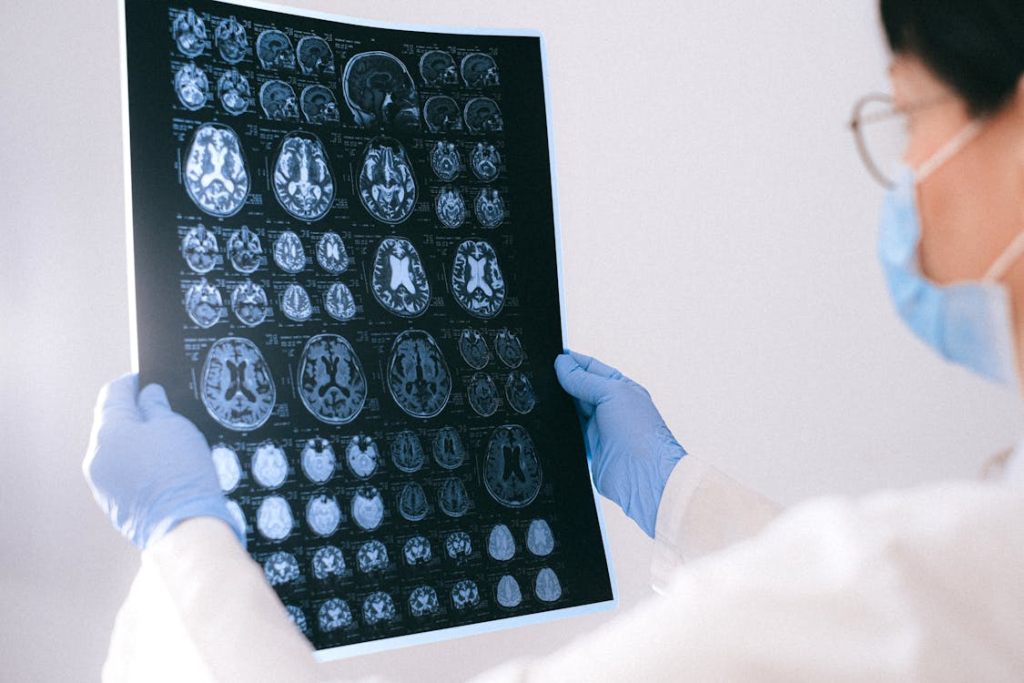In 2013, the development of technology that can record and “replay” dreams “like a movie” made headlines in publications such as The Verge, NPR, and BBC. While the experiment yielded results which partially validated the idea, the scientific reality is more nuanced. However, recently, this technology has made its way onto social media in the form of a misleading meme sparking discussion.
The Original 2013 Research Study

Japanese researchers at ATR Computational Neuroscience Laboratories in Kyoto conducted this study and experiment in 2013. Professor Yukiyasu Kamitani led the team that published their findings in the peer-reviewed journal Science. The study involved only 3 participants, creating a relatively small sample size for drawing broad conclusions about dream recording capabilities.
The researchers used functional magnetic resonance imaging (fMRI) to monitor brain activity during sleep phases. They equipped participants with electroencephalogram (EEG) sensors to detect when subjects entered REM sleep stages. Researchers would then use machine-learning models to match particular brain activity to objects from participants both while awake and asleep. Scientists awakened volunteers immediately upon detecting dream activity and asked detailed questions about their dream content.
Read More: Massive Study of 24,000 Dreams Suggests They Really Are Continuations of Reality
How the Technology Actually Functions

The process requires extensive preparation before any dream “recording” occurs. Researchers first showed participants various objects while awake, using fMRI to record corresponding brain activity patterns. This created a neural database linking specific brain responses to visual stimuli while participants are awake, or in conscious states.
During sleep experiments, scientists compared sleeping brain patterns to the pre-recorded waking database. Machine learning algorithms analyzed these patterns to predict which objects participants might have visualized in their dreams. The system generated still image sequences based on verbal reports, not direct dream capture.
The technology cannot record narrative dream experiences or emotional content. It only identifies basic visual elements that correlate with previously mapped brain activity patterns from waking states. In essence it interprets data and “paints” a vague picture from brain activity of participants while asleep and awake.
Accuracy Rates and Scientific Limitations
Researchers achieved 60% accuracy in predicting general dream content, increasing to 70% for specific visual categories like people or objects. These percentages apply only to identifying broad object categories, not detailed dream narratives or subjective and detailed experiences.
The study’s methodology relied heavily on participants’ verbal descriptions once awakened. Scientists matched these reports to brain activity patterns, creating an indirect correlation rather than direct dream recording. The reconstructed images represented researchers’ interpretations of brain data, not actual dream footage.
Current technology cannot capture abstract concepts, emotions, or surreal dreamscapes that characterize many dream experiences. The system works only with concrete visual objects that participants can describe and researchers can categorize.
Media Misrepresentation of Scientific Claims
While this astonishing experiment made its first appearance in the headlines in 2013, it has recently reemerged on social media. However, current social media headlines claim scientists can “record and playback dreams like movies“. This grossly misrepresents the technology’s actual function and mechanics.
The reconstructions consist of rapid successions of still images, not cinematic dream recordings. These images derive from machine learning analysis of brain patterns correlated with verbal reports, not direct neural capture of dream experiences.
Social media posts have surged, proliferating these misconceptions, suggesting the technology can create complete dream movies for later viewing. Such claims ignore fundamental limitations in current neuroscience and brain imaging technology.
Read More: Radical Breakthrough As Scientists Claim Two People Communicated In Lucid Dreams
Current Research Status and Progress
Professor Kamitani confirmed in 2024 that minimal progress has occurred specifically in dream recording research. While his team improved visual image reconstruction for waking states, sleep applications remain experimental and limited.
No peer-reviewed studies since 2013 have demonstrated significant advances in recording complete dream narratives. The technology still cannot reconstruct subjective or dream experiences or capture non-visual dream elements like sounds, emotions, or abstract concepts.
Researchers continue working to enhance resolution and accuracy of visual reconstructions. However, true dream recording would require advances in real-time brain imaging and artificial intelligence which current technologies are insufficient.
Neuroscience Applications and Research Value
The research provides legitimate scientific value for understanding visual processing during sleep states. Linking neural patterns to dream imagery advances knowledge about consciousness and brain function during different sleep phases.
Potential applications include studying sleep disorders, PTSD-related recurring imagery, and better understanding of mental health issues. This may also lead to the advancement of therapies for mental health. The technology offers insights into how visual cortex activity during sleep relates to waking visual processing.
However, the method cannot access private thoughts or record complete dream experiences. It only identifies visual elements that participants can verbally describe and researchers can verify through awakening interviews.
Ethical Considerations and Privacy Concerns
While current technology poses minimal privacy risks, hypothetical dream recording raises important ethical questions. Concerns include informed consent for neural data collection during vulnerable sleep states and potential misuse of brain activity recordings. The technology cannot currently access private thoughts or record dreams without participant cooperation.
Subjects must provide verbal descriptions for researchers to correlate brain patterns with dream content. Future developments would require careful consideration of data security, consent protocols, and regulatory frameworks to prevent potential misuse of neural recording technologies.
Future Prospects and Technological Challenges
While research continues, advancing beyond current limitations requires tackling challenges in neuroscience and technology. Scientists must develop methods to capture abstract concepts, emotions, and narrative elements that characterize complete dream experiences.
The field continues progressing in visual reconstruction for waking states, potentially laying groundwork for future sleep applications. However, recording complete dreams as cinematic experiences remains largely “a dream” with current technology.
Read More: The Surprising Link Between Dreams and Dementia or Parkinson’s Disease

